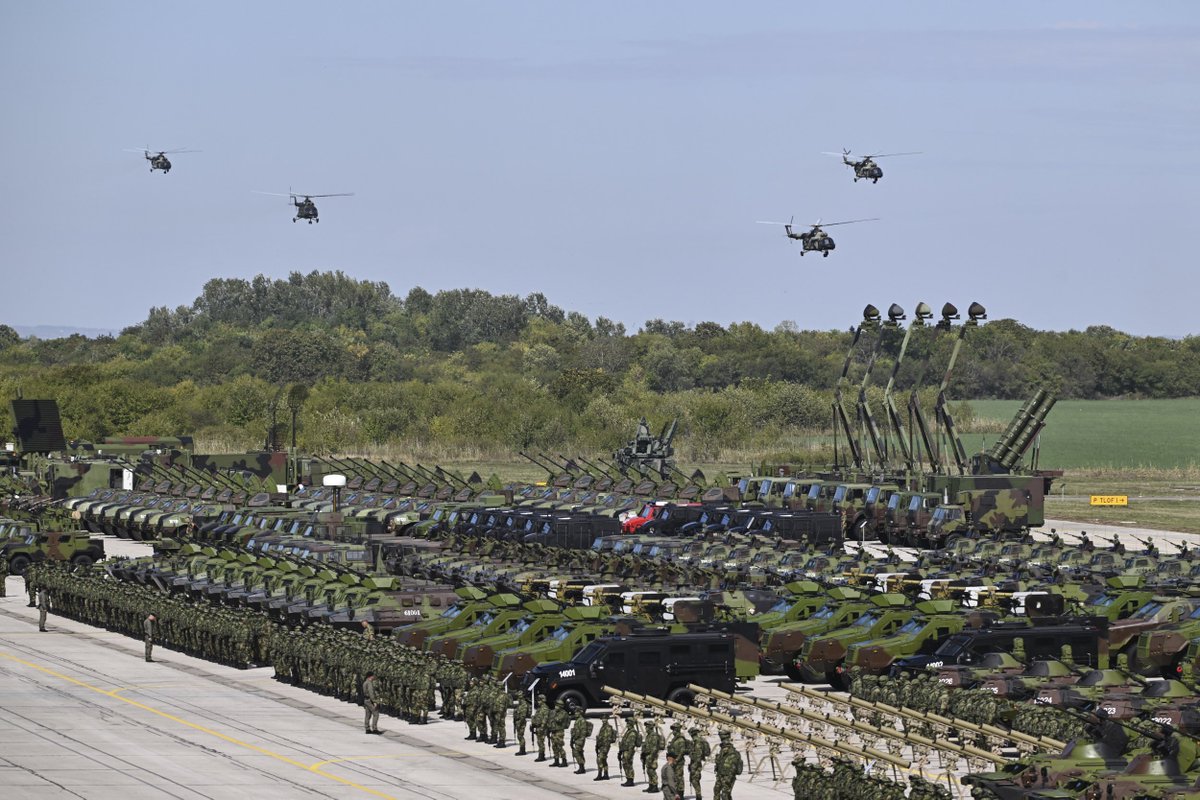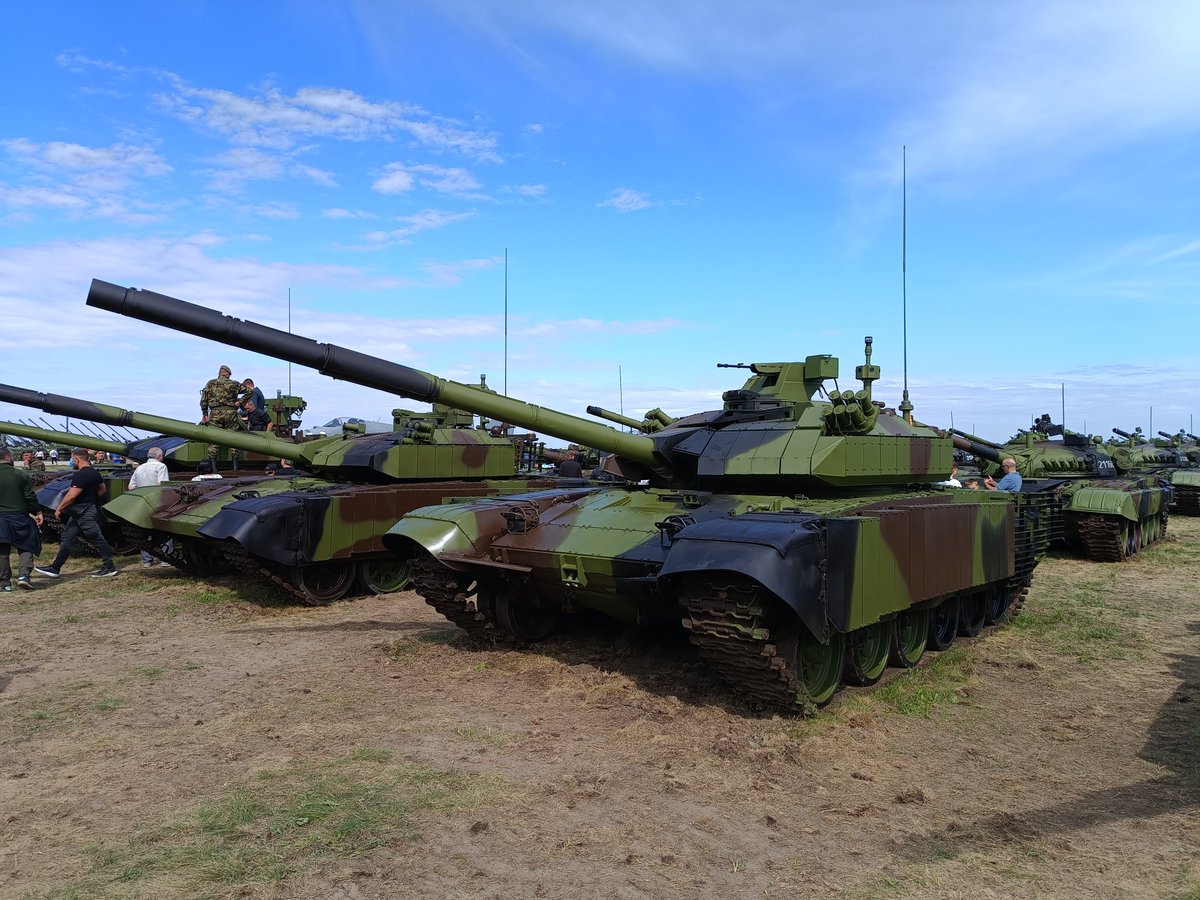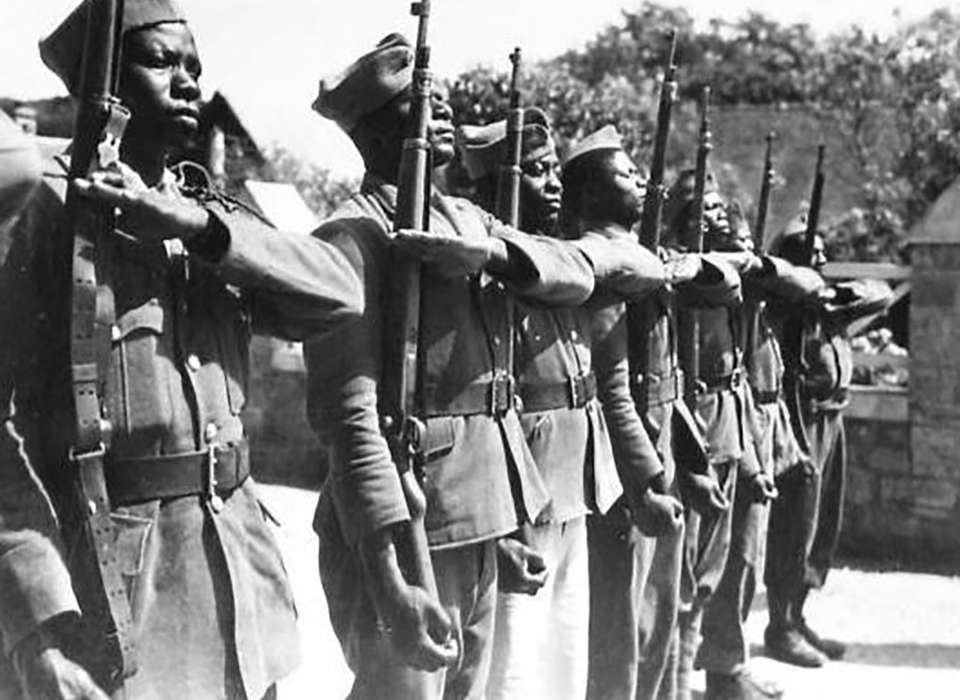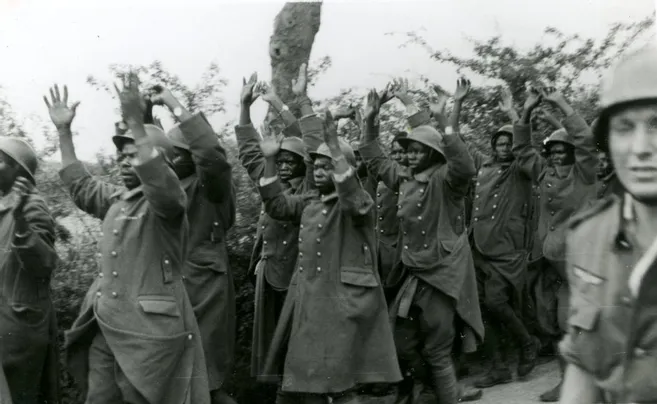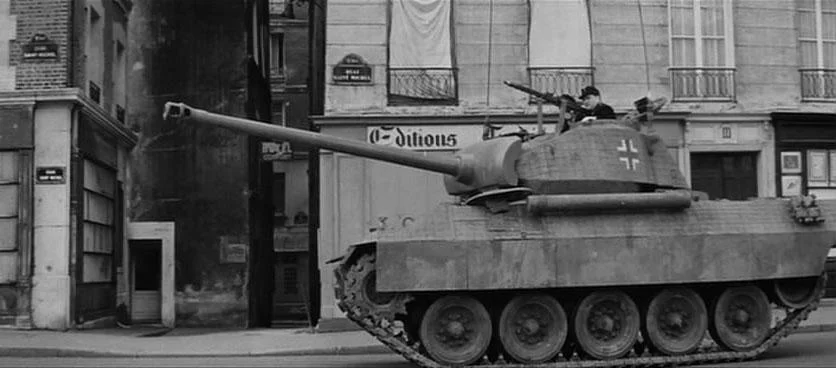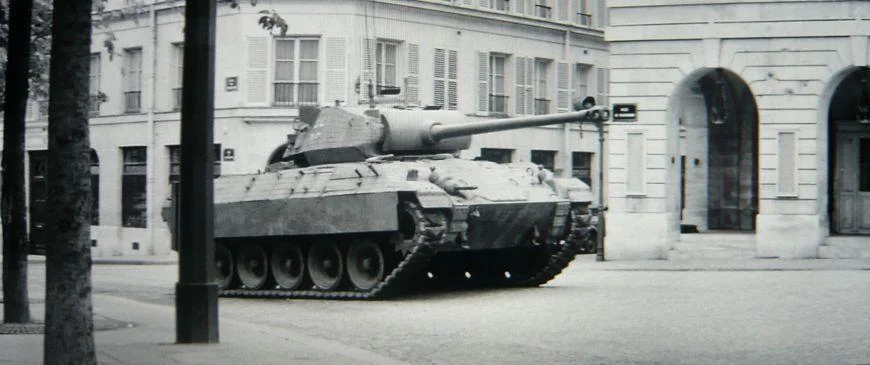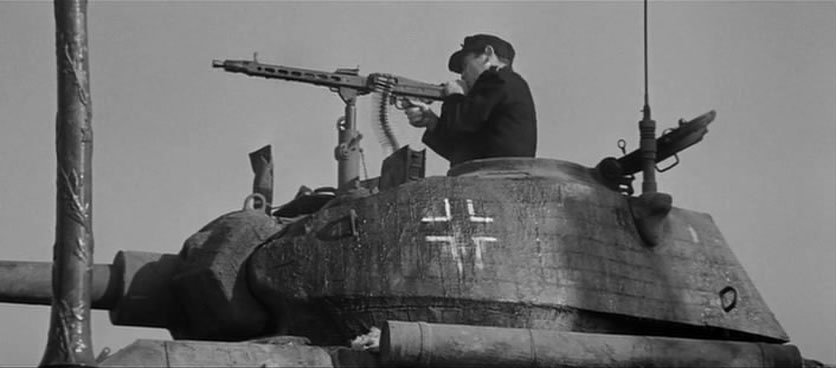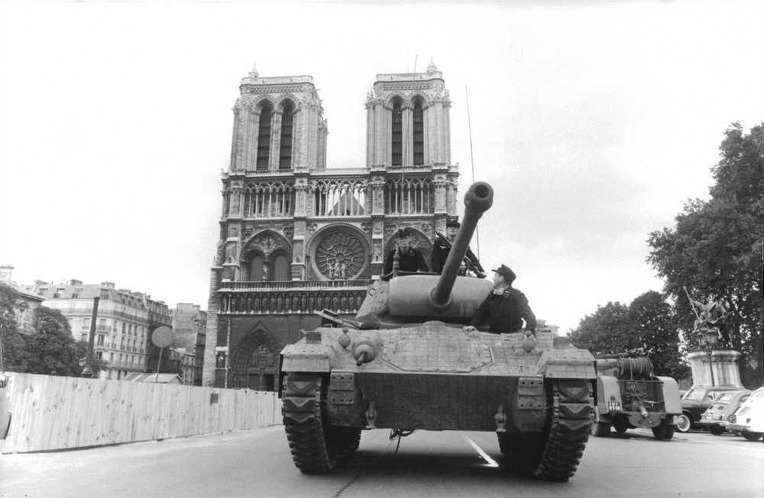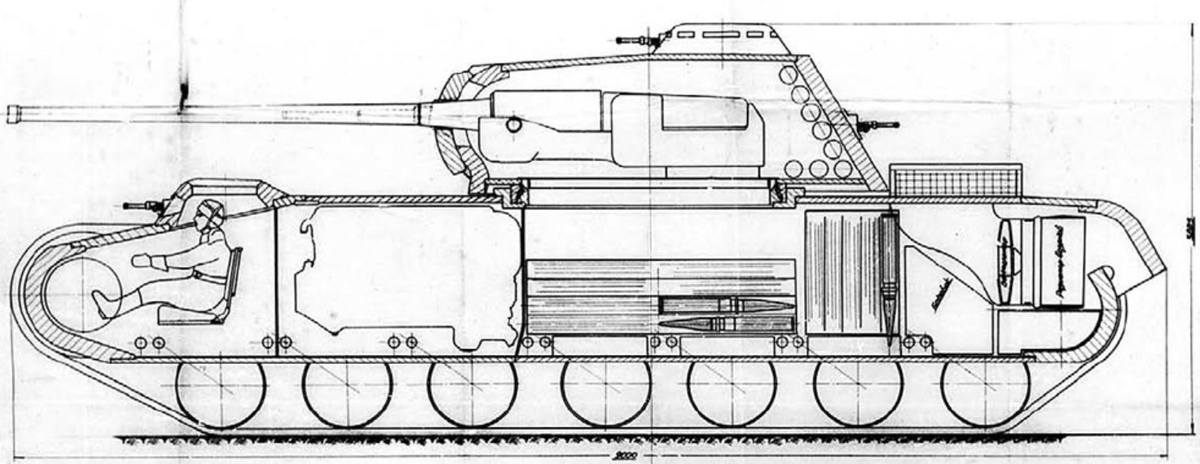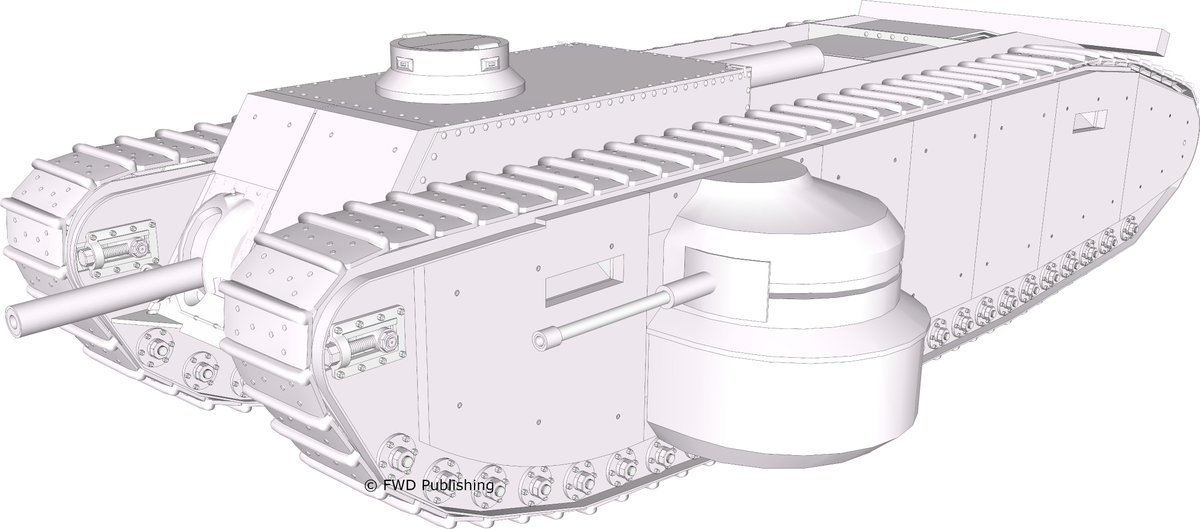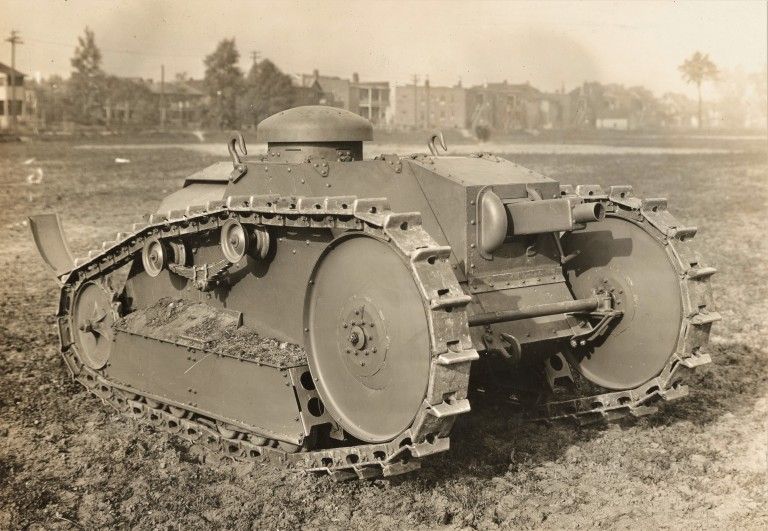A retired T-80UD rusting away following the type's retirement from service in Russia (picture likely from the early 2010s)
The T-80UD is somewhat unique in relation to the current invasion of Ukraine (thread, 1/17)
The T-80UD is somewhat unique in relation to the current invasion of Ukraine (thread, 1/17)
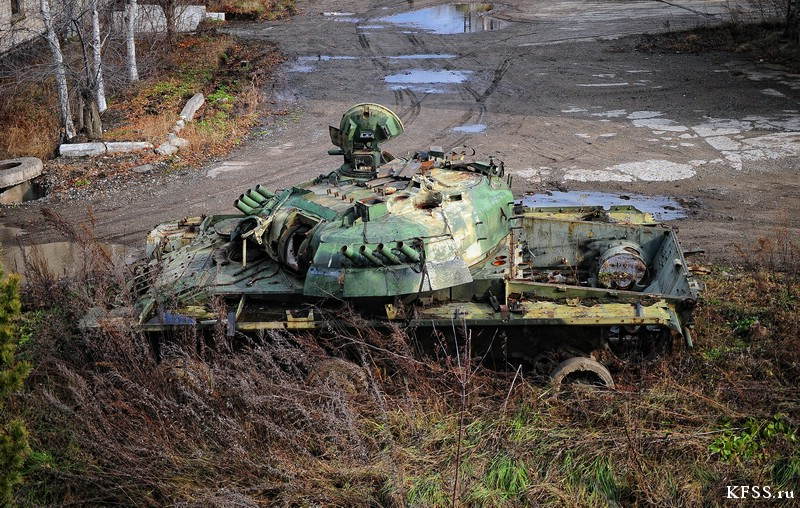
An argument could easily be made that the vehicle is superior to the average tank of both Ukraine (T-64BV) and Russia (T-72B or early B3). However, despite a non-insignificant production run at Kharkiv in the late Soviet era (around 650 vehicles pre-91 often mentioned) (2/) 
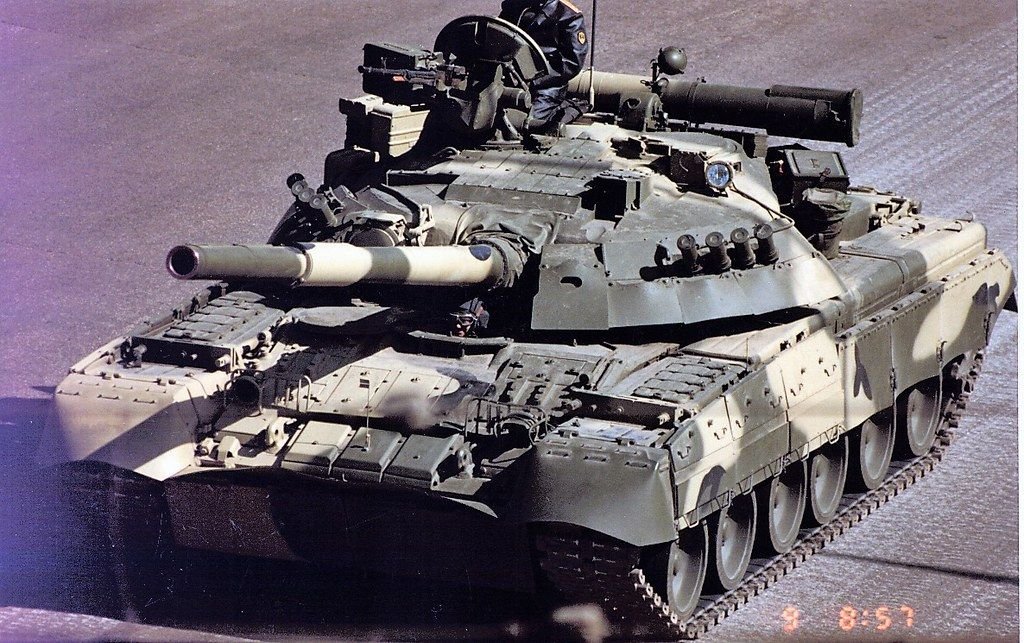
No T-80UD has been seen on either side as of the writing of this. The T-80UD is basically a modified T-80U that swaps out the gas turbine for the 6TD diesel, an evolution of the 5TD/5TDF of T-64s. 6TD was introduced in some Soviet-era modernized T-64s, and is also used by (3/) 
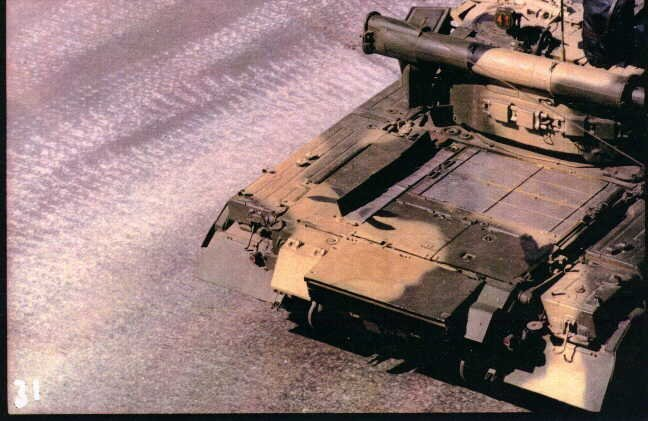
more modern Ukrainian T-64BMs. T-80UD was created after Kharkiv locomotive plant was ordered to produce the T-80U, a design from the Leningrad Kirov plant. Kharkiv was the home of the diesel that powered the T-64s, and found it more suitable to produce it than turbine tanks (4/) 
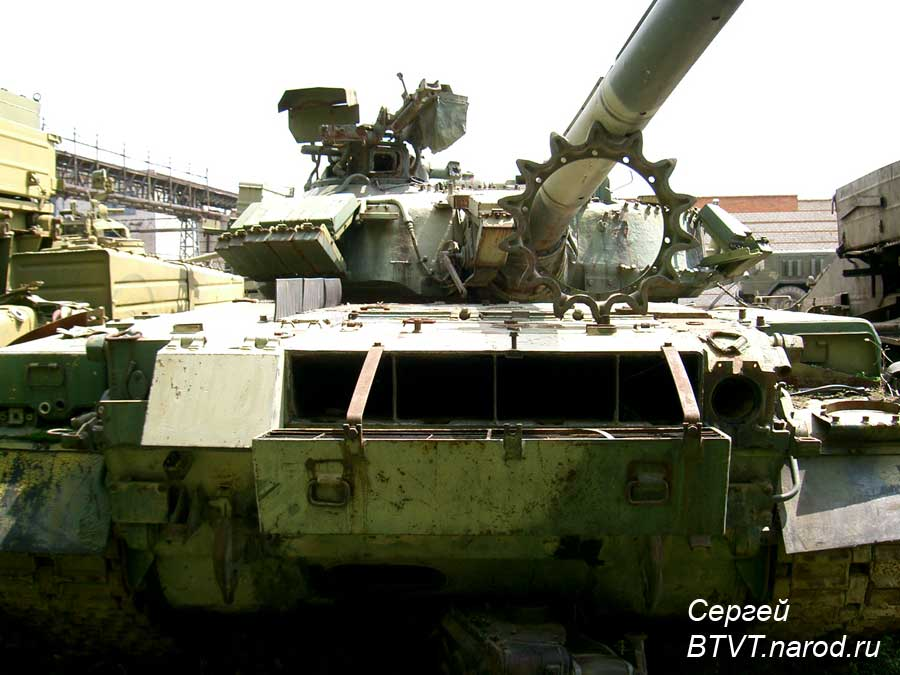
There are also a myriad of other changes in comparison to T-80U, such as new turret castings (which were produced at Azovstal in Mariupol) and small modifications in the fitting of equipment. T-80UD was designated as Object 478B (A was a simplified model) before adoption (5/) 

(T-84s/Oplots created by post-collapse Ukraine have continued to use the 478 as their object number, and one could argue T-80UD in practice introduces a new family of tank mostly taking their design from T-80 but with powerplant from T-64 - pic is Obj 478DU w/ T-64 wheels) (6/) 

After the USSR collapsed (T-80UDs were notably seen during the attempted August 1991 hardliner coup in Moscow), most T-80UDs found themselves on the territory of Russia, but the type was largely dependent on Kharkiv and associated facilities for its maintenance (7/) 
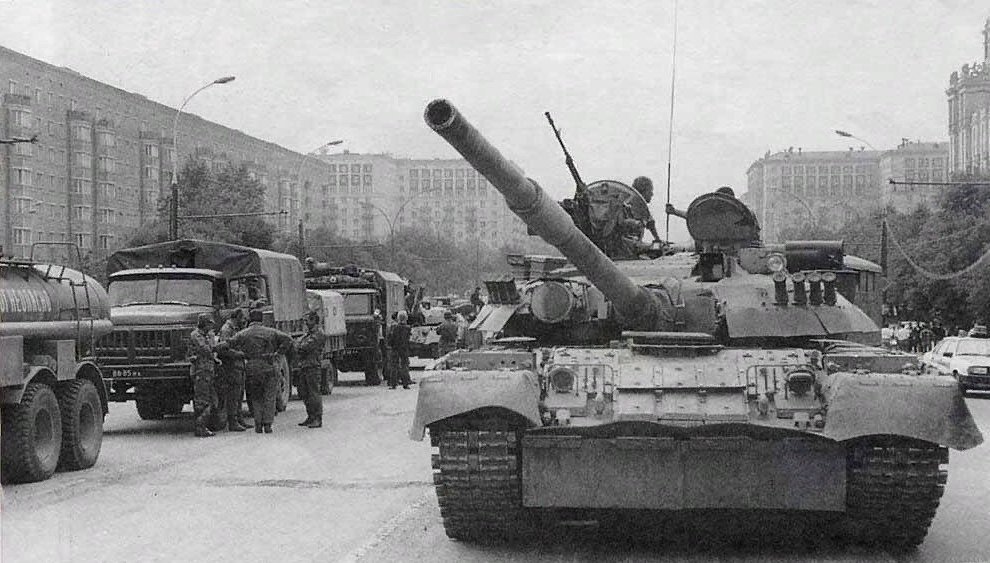
Because of this, the type was quite quickly phased out of service, despite being arguably more modern than any other tanks in Russia outside of T-80Us and the recent T-90s. Many UDs were scrapped, some were employed on target ranges as recently as 2021. (8/) 
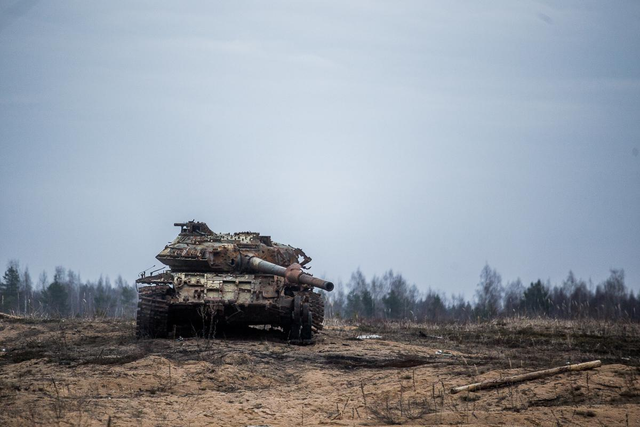
On Russia's side, one element of T-80UD did make it to the invasion - A few T-80UE-1s, which are T-80BV hulls that were given turrets from T-80UDs. Their claim to fame was being part of the great T-80U bloodbath taken by the 4th Guards Tank Div in Sumy and Kharkiv oblasts (9/) 
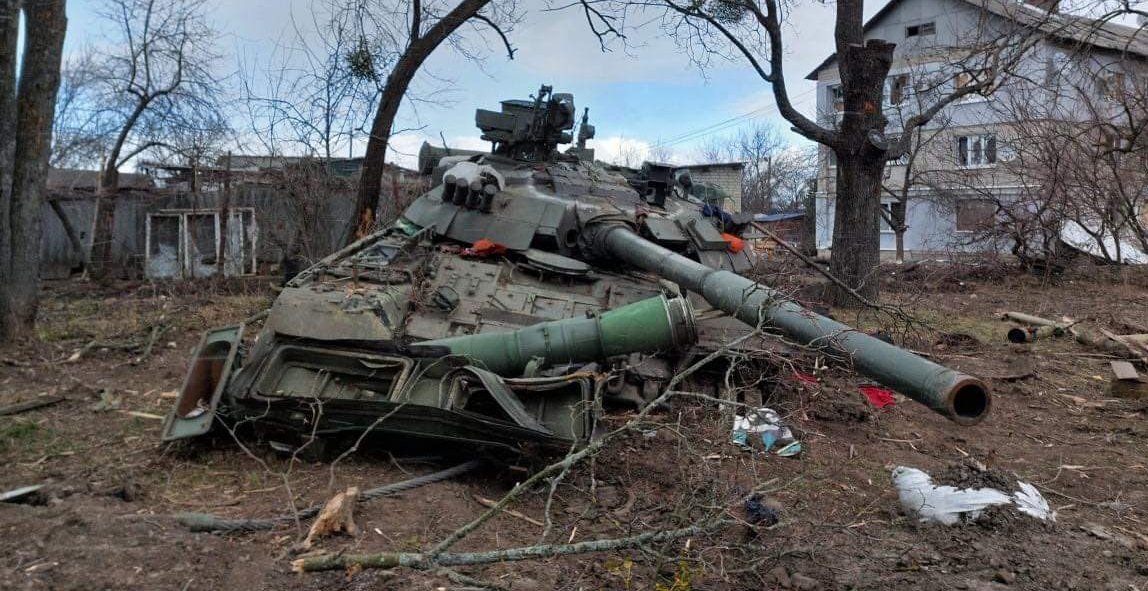
Very occasional sighting suggest a few UE-1s may still be in service in Russia - a far cry from the hundreds of UD, that despite their engines may still be dearly missed considering 1958 T-54Bs (and beyond them a great many T-62s) have now showed up on the Russian side (10/) 
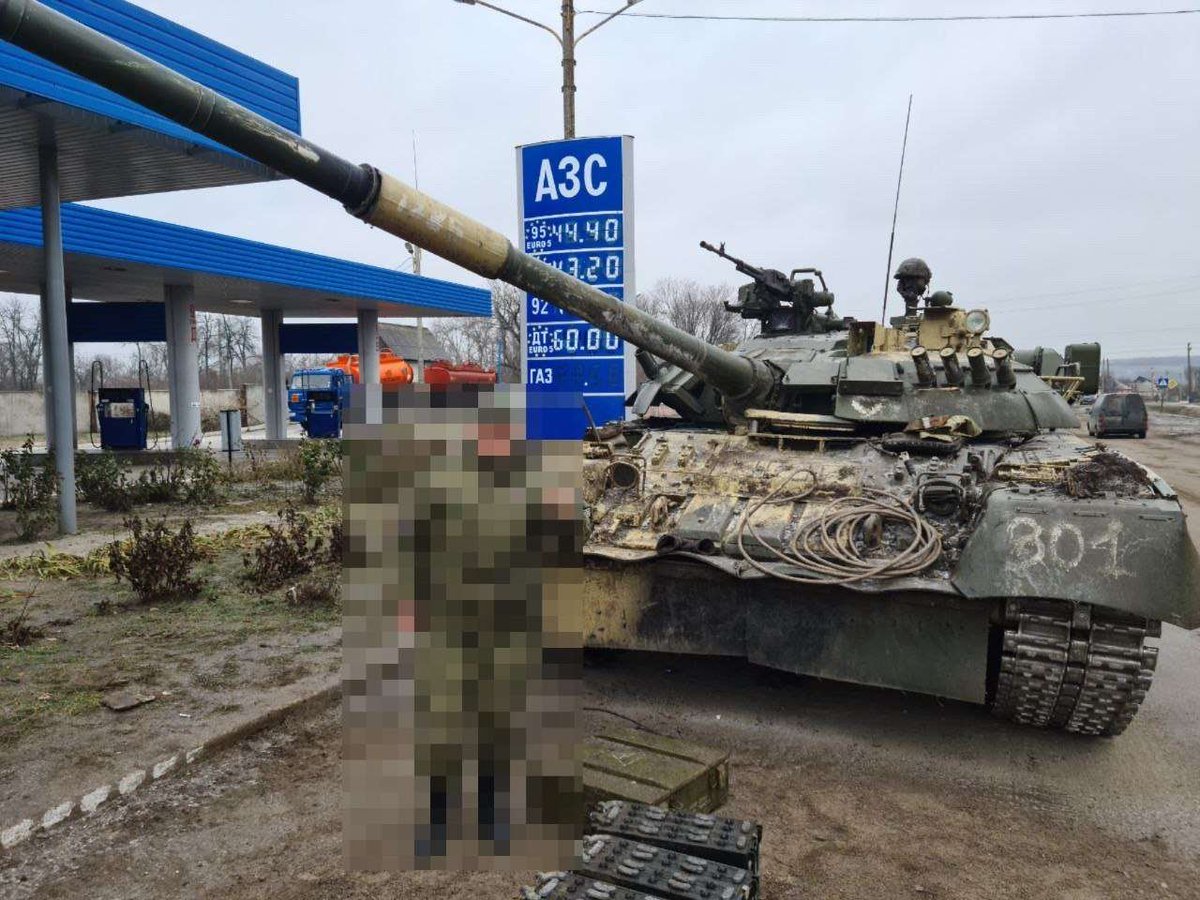
On the Ukrainian side, Kharkiv Locomotive Plant ended up in Ukraine, alongside seemingly parts for a number of unfinished or planned T-80UDs. The number of actual serviceable tank seems to have been a lot lower though. (11/) 
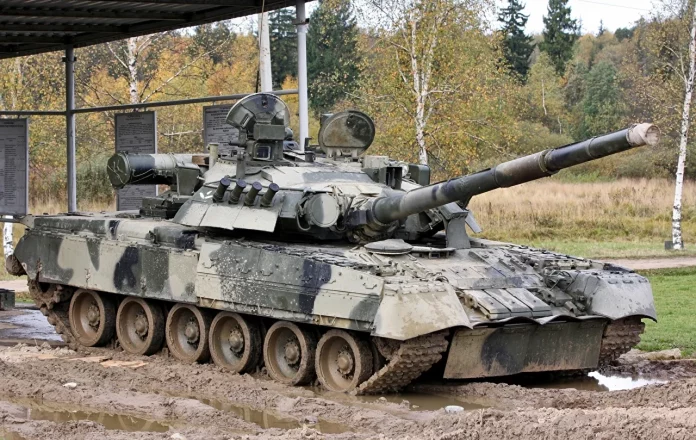
In 1996, Ukraine signed a contract with Pakistan to sell them 320 T-80UDs - the largest T-80 and Ukrainian export sale ever. It is understood most of these were made from pre-existing parts and comprised almost all UDs left in Ukraine. (12/) 
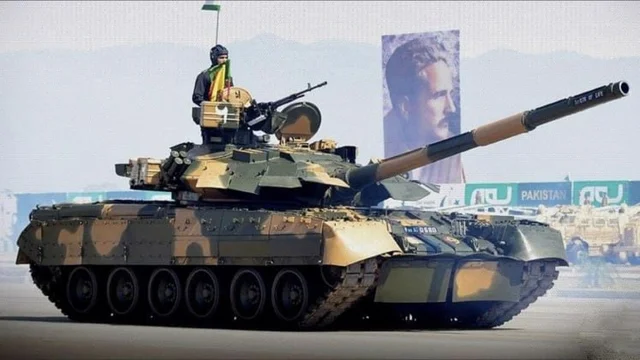
Most of these exported T-80UDs included small upgrades (Object 478BE), with allegedly some introducing the welded turret design also used by T-84 (Object 478BE-1). The last were finished in 2002, to Russian protest over the tanks being sold to an enemy of India (13/) 
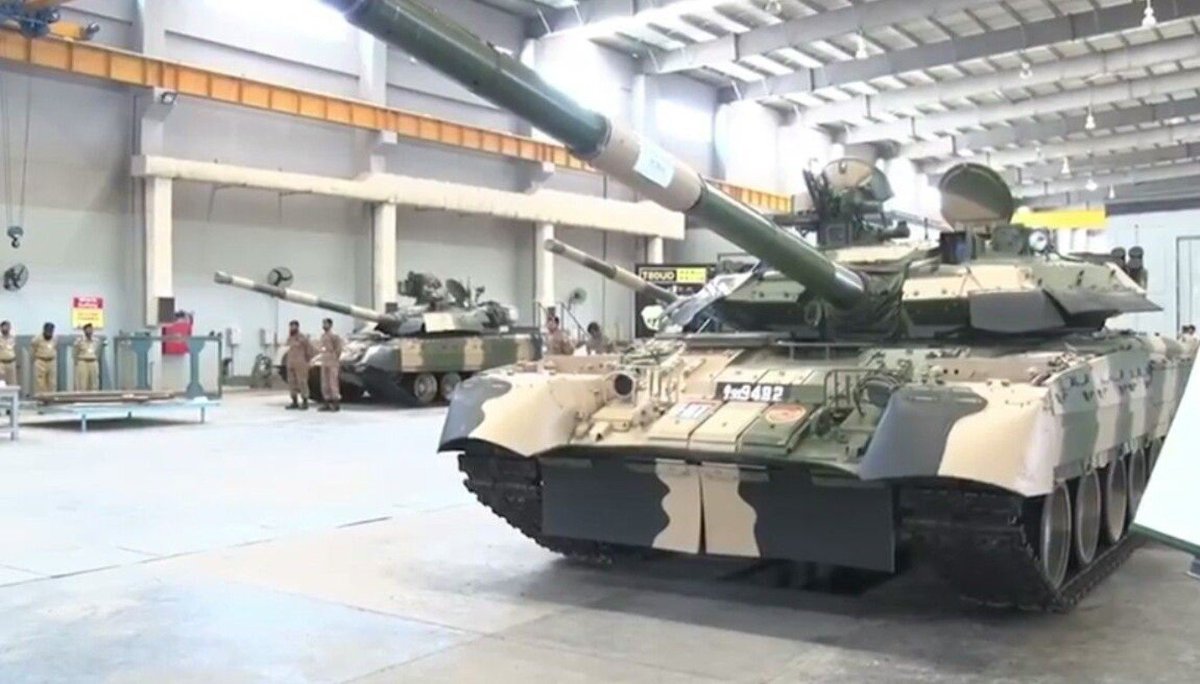
Since then, there has been very minimal, if any sightings of T-80UD in Ukraine. None have been seen lost in the war against Russia (unlike T-80BV, of which Oryx lists 40 Ukrainian losses as of now). A Soviet era Object 478 prototype survives as a monument in Kyiv. (14/) 
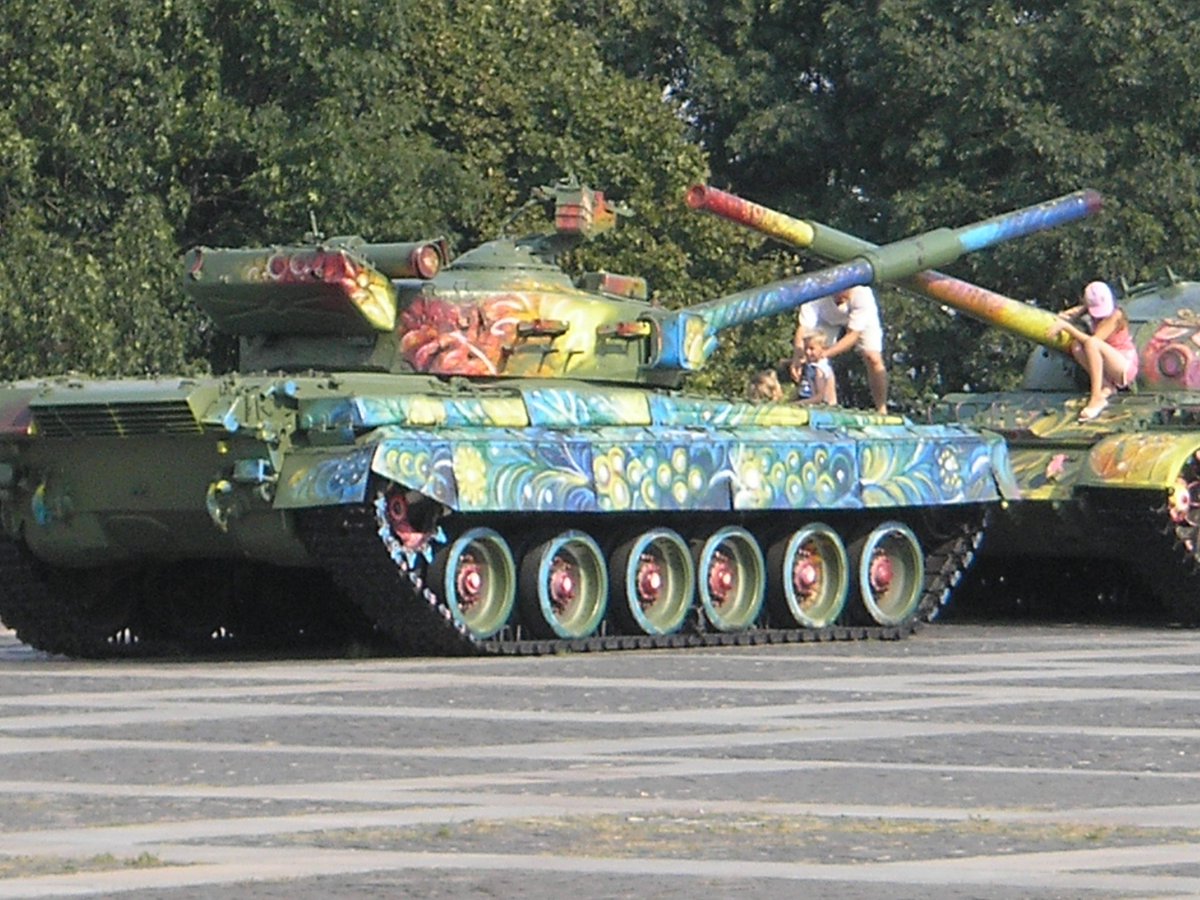
However, unlike in Russia, the T-80UD still has an open and evolving legacy in Ukraine in the T-84/Oplot family. New Object 478 family tanks were first marketed as T-84 around 1995 (Object 478D/DUs). At its core, the first T-84 was a T-80UD with a welded turret and new FCS (15/) 

The family has greatly evolved since then - receiving the name of "Oplot" around the turn of the century, with the lastest version, BM-Oplot, often ditching T-84 entirely to be known just as this. Its industrial designation still betrays its heritage (Object 478DU9-1) (16/) 
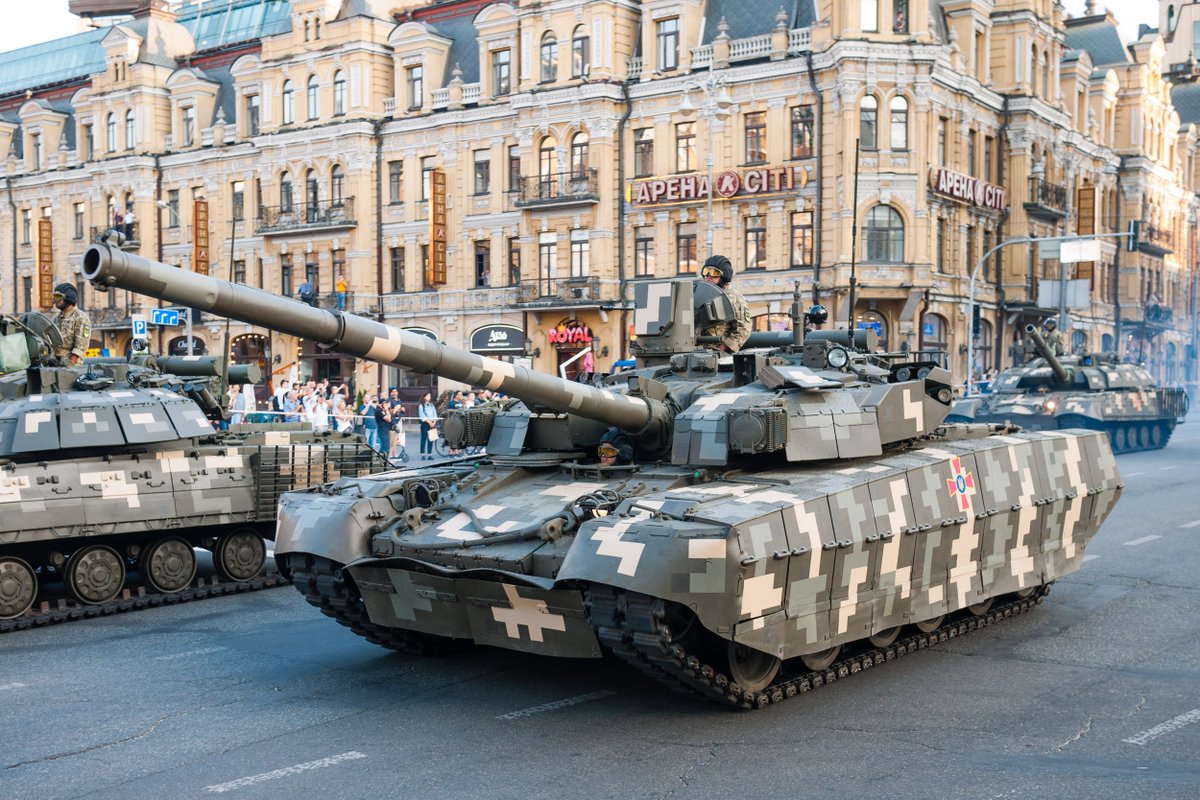
With recent news that, one way or another, Ukraine is looking to procure more Oplot BMs, it appears that, despite Russian invasion and the struggles Ukraine phased to produce Oplots-Ts at a timely rate when the type was sold to Thailand, Object 478 may still have a future (END) 
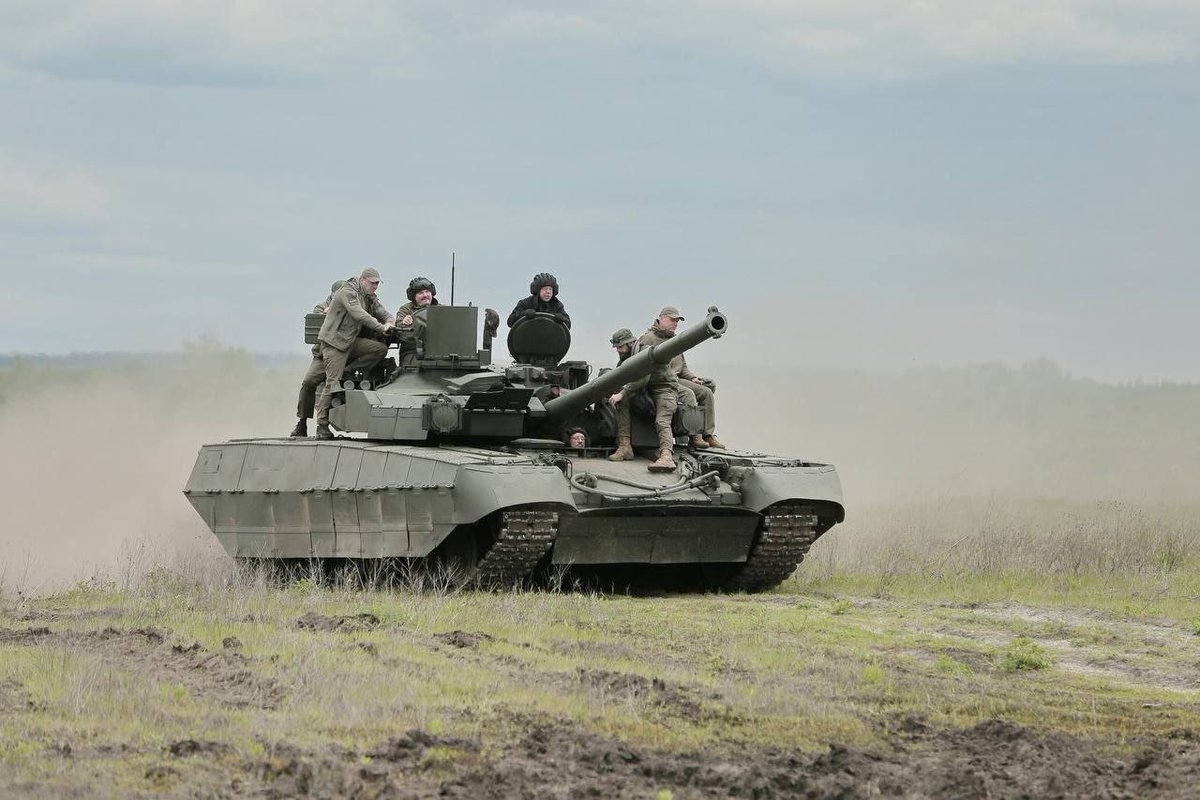
Aside I couldn't fit anywhere - while the majority of T-80UDs were made with Kontakt 5 ERA, it appears a few of the earliest examples had Kontakt 1, which gives their turret a different look more reminiscent of the T-64 and T-80BV. 

• • •
Missing some Tweet in this thread? You can try to
force a refresh


